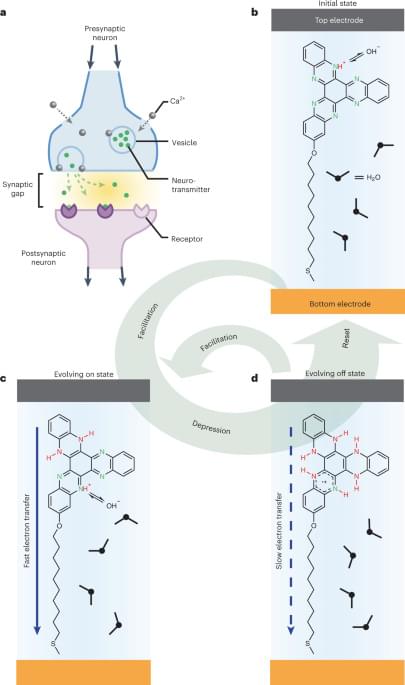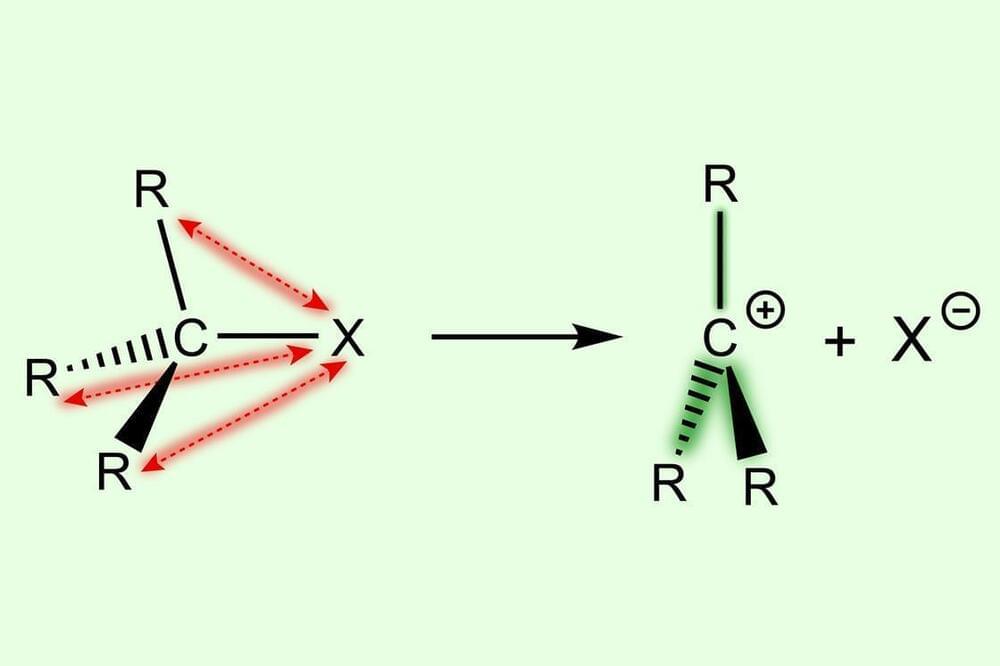A new qubit to boost quantum computers for useful applications.



Astronomers at Caltech have used a machine learning algorithm to classify 1,000 supernovae completely autonomously. The algorithm was applied to data captured by the Zwicky Transient Facility, or ZTF, a sky survey instrument based at Caltech’s Palomar Observatory.
“We needed a helping hand, and we knew that once we trained our computers to do the job, they would take a big load off our backs,” says Christoffer Fremling, a staff astronomer at Caltech and the mastermind behind the new algorithm, dubbed SNIascore. “SNIascore classified its first supernova in April 2021, and, a year and a half later, we are hitting a nice milestone of 1,000 supernovae.”
ZTF scans the night skies every night to look for changes called transient events. This includes everything from moving asteroids to black holes that have just eaten stars to exploding stars known as supernovae. ZTF sends out hundreds of thousands of alerts a night to astronomers around the world, notifying them of these transient events. The astronomers then use other telescopes to follow up and investigate the nature of the changing objects. So far, ZTF data have led to the discovery of thousands of supernovae.
Integrating robots into walls, ceilings, furniture, and appliances could radically change our indoor spaces.
This is how you do it.

With the above in mind, projects looking to desalinate water in a more sustainable way will become increasingly important in the years ahead.
The idea of using waves to power desalination is not unique to the project being undertaken in the Canaries. In April, for example, the U.S. Department of Energy revealed the winners of the last stage of a competition focused on wave-powered desalination.
Back on the Canary Islands, Ocean Oasis said it would be looking to construct a second installation after testing at the PLOCAN facility had taken place. “In this phase, the prototype will be scaled with the capacity to produce water for consumption,” the company said.
Ground News Black Friday Sale: Compare news coverage. Spot media bias. Avoid algorithms. Download the free Ground News app to get 40% off a Ground News Vantage membership by going to https://ground.news/isaacarthur.
As we head through hard times things can seem rather bleak, but there’s lots of amazing and beneficial technologies on the horizon.
Checkout the World’s Fair Posters: https://worldsfair.co/gallery.
Visit our Website: http://www.isaacarthur.net.
Support us on Patreon: https://www.patreon.com/IsaacArthur.
Support us on Subscribestar: https://www.subscribestar.com/isaac-arthur.
Facebook Group: https://www.facebook.com/groups/1583992725237264/
Reddit: https://www.reddit.com/r/IsaacArthur/
Twitter: https://twitter.com/Isaac_A_Arthur on Twitter and RT our future content.
SFIA Discord Server: https://discord.gg/53GAShE
Listen or Download the audio of this episode from Soundcloud: Episode’s Audio-only version: https://soundcloud.com/isaac-arthur-148927746/reasons-to-be-…the-future.
Episode’s Narration-only version: https://soundcloud.com/isaac-arthur-148927746/reasons-to-be-…ation-only.
Credits:
Reasons To Be Optimistic About The Future.
Science & Futurism with Isaac Arthur.
Episode 372, November 24, 2022
Written, Produced & Narrated by Isaac Arthur.
Editors:
Alex Civitello.
Konstantin Sokerin.
David McFarlane.
Cover Art:

To realize electronic operations beyond the von Neumann bottleneck, a new type of switch that can mimic self-learning is needed. Here, the authors demonstrate all-in-one-place logic and memory operations based on dynamic molecular switch that can emulate brain-like synaptic and Pavlovian response, bringing the field a step closer to molecular-scale hardware.


It is easier to form more substituted carbocations because of destabilisation in the parent substrate, rather than stabilisation in the reactive intermediate, new research shows.1
Many organic transformations involve carbocations as reactive intermediates. These are usually formed via a heterolytic C–X bond dissociation to give a carbocation C+ and an anion X-. Current understanding is that the bond dissociation energy decreases with increased methyl substitution because of the stabilising effect of the methyl groups, as well as relief due to steric repulsion: going from substrate to carbocation gives the substituents proportionally more room in a more substituted system. However, a team in the Netherlands, led by Matthias Bickelhaupt at VU Amsterdam, has investigated this from a different angle.